15 Awesome Facts About The History Of Body Art
Body Art, Lists, Shocking, WeirdBody art has a very deep and ancient history with humans. Anthropologists and archaeologists are constantly discovering evidence of body art that dates back to the Stone Age in 10,000 B.C. Ancient tattoo tools were discovered by archaeologists in Portugal, France, and Scandinavia that are 12,000 years old.
Humans have always used art to convey messages and deeper meanings. Body art is best understood as a way for a person to communicate their feelings, experiences, and ideas through the use of their own body. Types of body art include but are not limited to tattoos, piercings, scalpelling, branding, and body paint. The following is a list of the top 15 amazing facts about the history of body art.
The Oldest Preserved Body Tattoos Are 5,000 Years Old

The oldest preserved body with tattoos belong to Ötzi the Iceman. It is believed that he lived over 5,000 yeas ago, sometime between 3,330 to 3,200 B.C.. He was found between Italy and Austria and is the oldest natural mummy ever found in Europe to date. His tattoos are located on his wrists, lower back, ankles, leg, and the inside of his left knee. A black cross was tattooed on the inside of his knee, parallel lines were tattooed on one of his legs, his wrists, and his ankles, while there were six dots tattooed along his lower back. Each of these places are locations that are used in acupuncture. The markings are in areas where his body was experiencing joint disease, which indicates that his tattoos, and possibly the tattoos of others from that time period, were used to relieve pain. In other ancient cultures, using tattoos as a form of pain relief was not uncommon.
Body Shaping Dates Back Over 9,000 Years

Body shaping in our human history dates back at least 9,000 years. There are many different types of body shaping, some are seen as barbaric practices while others were seen as a way to attain the beauty ideals set within specific cultures. Head shaping was one of the most common types of body shaping in ancient civilizations. Also known as intentional human cranial deformation, the earliest examples of this were found in the Shanidar Cave in Iraq, from the 9th millennium B.C. Head binding, which would disrupt and deform the normal development of a child’s skull by force would begin around a month after birth and would continue well into 6 months. Different cultures, such as the Mayans, Native American tribes, and Australian Aborigines performed head shaping on infants in order to meet the ideal beauty and customs of their region. Conical, flat, elongated, and rounded skulls have all been found as proof of this practice.
All Tattooed Egyptian Mummies Are Female
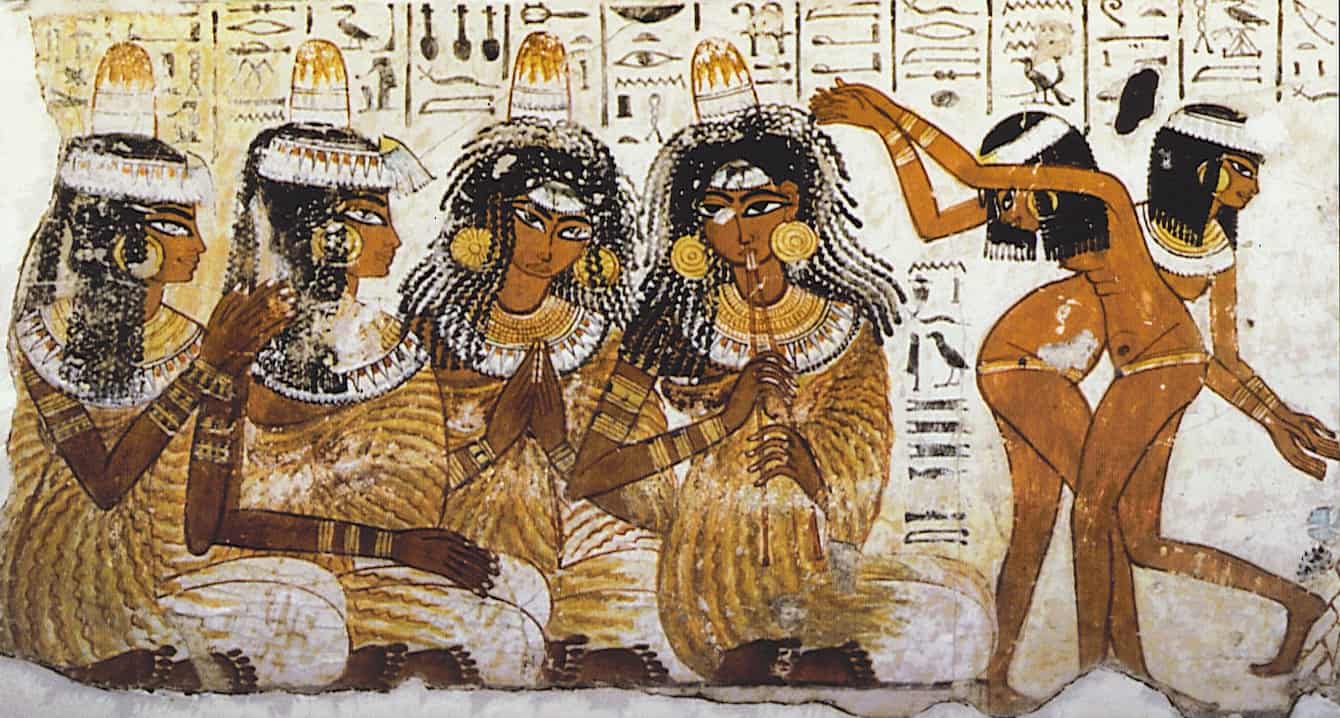
To date, all of the discovered tattooed Egyptian mummies have been female. Though in many pieces of art and sculptures from the ancient Egyptian culture depict males and females having tattoos, the only evidence of tattooed Egyptians have all been females. Egyptologists have come to the conclusion that tattoos are present on females to signify fertility and rejuvination. Evidence has also found that some of the females who were tattooed in that era were dancers. Many of the tattoos found on female Egyptian mummies have been located on their thighs as well as in other areas. Small bronze tattooing tools that date back to 1450 B.C. were found at Gurob in northern Egypt. However, tattooing in ancient Egypt probably dates back further than that, as discovered Egyptian female figurines from 4000-3500 B.C. show tattoos on their bodies and limbs as well. The tattoos were usually dashes and dots that would sometimes create a geometrical shape. The tattoos usually were placed on the legs, chest, abdomen, and the arms.
Corsets Were Used To Alter Waists Permanently
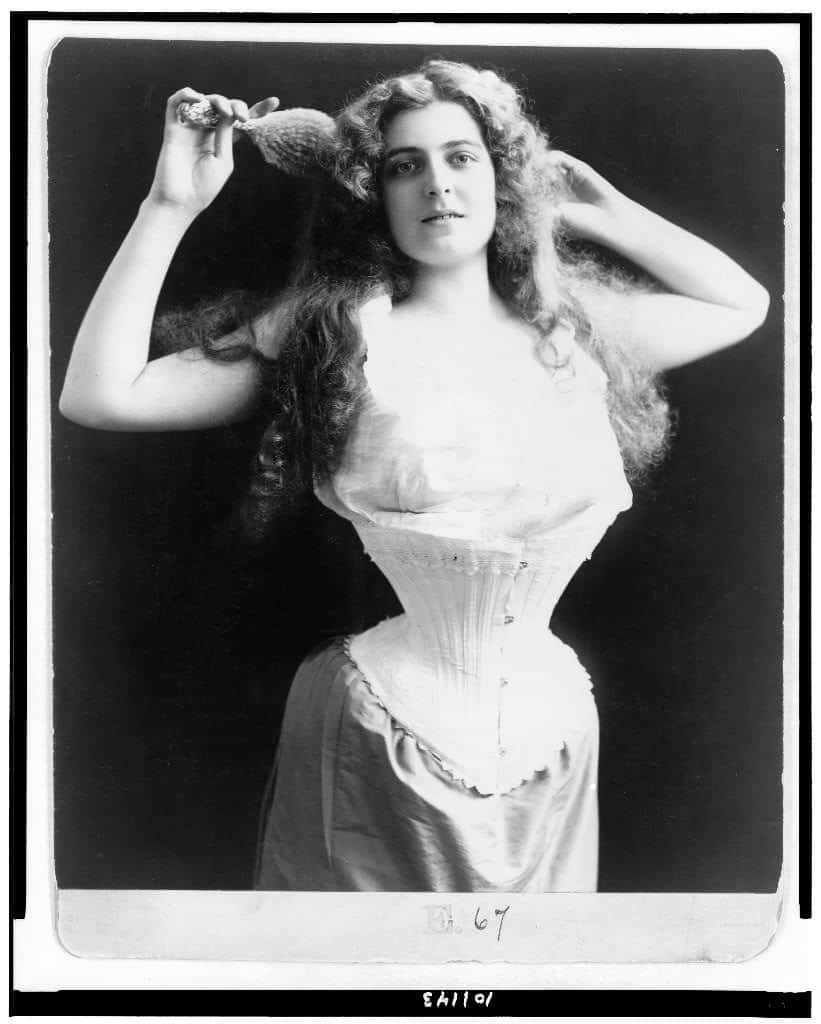
Corsets that were used to permanently alter a female’s waist and body shape date back to use by the Minoians in Crete. Corsets used to create a temporary smaller waist as a fashion statement reappeared in the 16th century. Corsets that created the hourglass shape when in and out of fashion over a couple of centuries, adjusting to different ideals of beauty. By the 1850s, the corset came back with a force in the Victorian era, and tight lacing, waist training corsets were born. Tight lacing corsets were a severe way of shrinking a female’s waist by as much as 16 inches. This caused many heath issues for women who tight laced, including the inability to stand up right for longer than a few minutes, fainting spells from breathing reduction, deformed shape, and squeezing of organs such as the lower lungs, liver, and stomach. Over time, tight lacing faded away while corsets to help accentuate curves and improve posture without ill side effects took its place.
Foot Binding Continued Until The 1930s
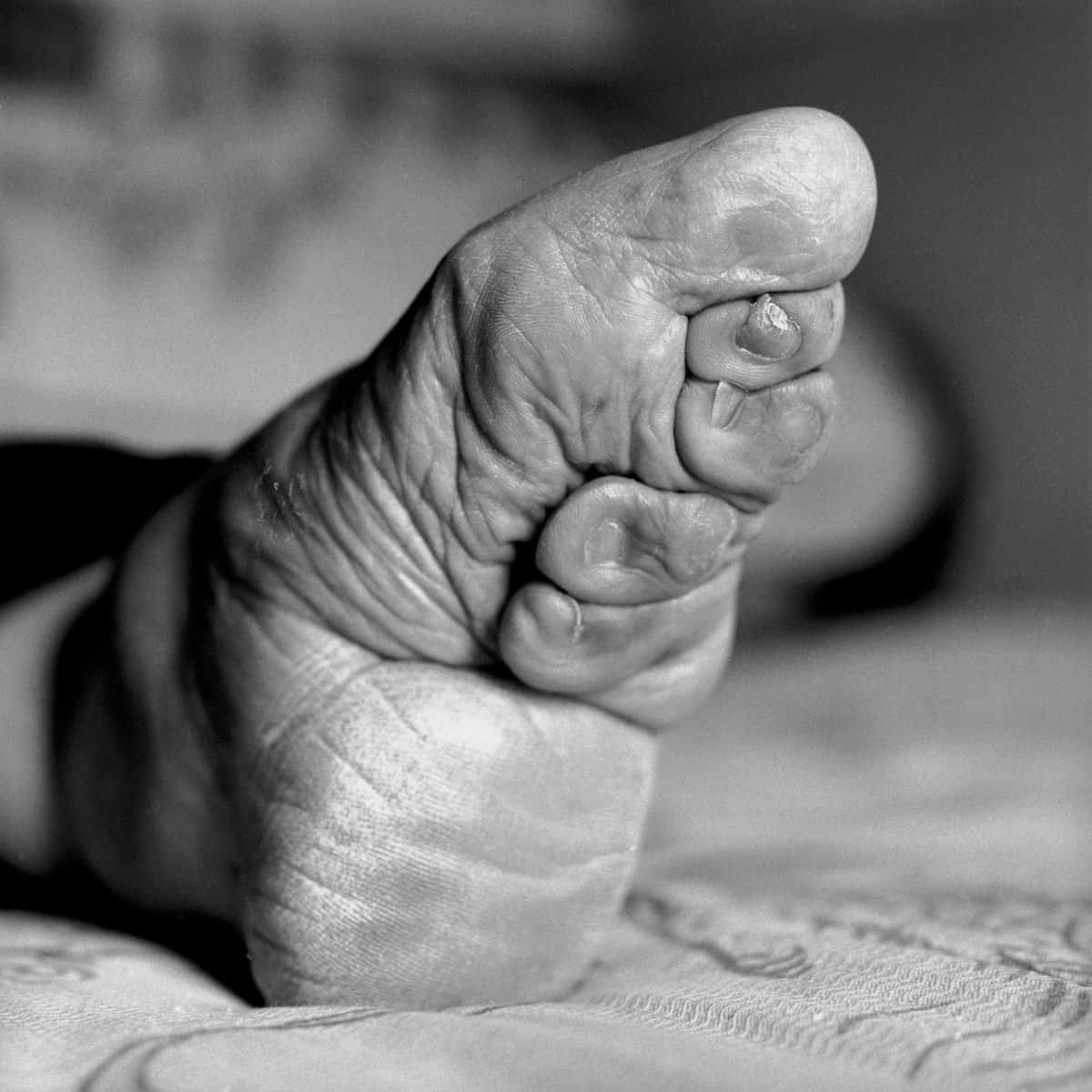
Foot binding was a popular practice in China throughout the 10th century, that continued until the early 1930s. Also known as lotus feet, foot binding was a practice that was achieved by breaking the toes, curling them under, then tightly and painfully wrapping the toes and feet to prevent further growth. It was commonly performed on girls ages 4-9, and the process would begin in the winter since feet were generally colder and a little numb in hopes of making the process less painful. Foot binding gained a large popularity during the Five Dynasties period in Imperial China, possibly originating in dancers. The ideal foot length was 8 cm, this was a symbol of beauty in Chinese culture, it presented women to be delicate, and the dainty, waddling walk from bound feet was seen as erotic by men. Class and economics did not influence foot binding, though women from poorer familes would have bound feet in hopes of marrying a man who had money. The call to put an end to foot binding in 1883 by the Women’s Christian Temperance Movement began to display the suffering of women who had bounded feet. By the 1930s, foot binding was no longer widely practiced.
Tattoo Comes From The Polynesian Word ‘Ta’ (To Strike)

The word tattoo, comes from the Polynesian word ‘ta’ which means ‘to strike’. The first navigator to explore the Polynesian triangle, European Captain James Cook, first mentioned tattoo when he was writing his observations about the Polynesian people. He stated in his writing that he noticed the way the Polynesian people had marked themselves indelibly, marked by humor or disposition. When James Cook made a return trip to the Polynesian Triangle and went to Tahiti, he decided to bring back a Tahitian named Ma’i to Europe with him. Ma’i was tattooed, and Europeans gained curiosity then began a rapid rise in tattooing themselves. Another idea is that European sailors who saw the tattoos of the Polynesian people went ahead and began to tattoo themselves, which then caused the popularity of tattooing to rise in Europe when sailors returned home. It was believed in Polynesia that tattoos displayed one’s life force. Getting a tattoo was also a ceremonial act, as the act of tattooing was a sacred ceremony meant to be celebrated.
Henna Has Been Practiced for Over 9,000 Years
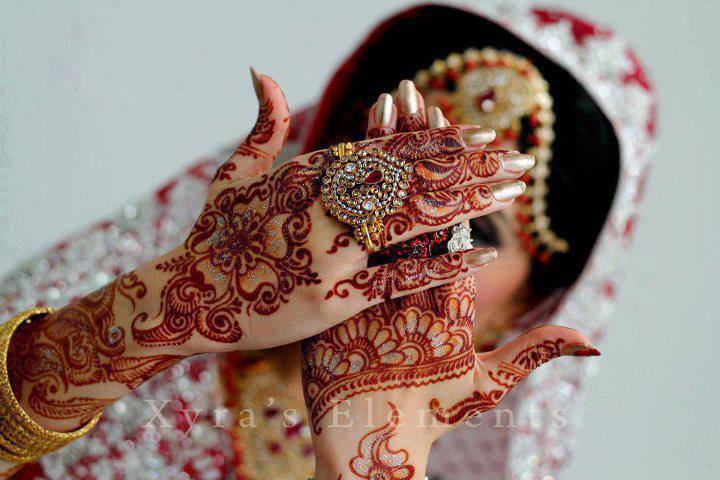
The origins of the art of henna date back to 5,000-9,000 years old. It was originally used by people in the middle eastern region of the world to help cool their bodies down, as henna has natural cooling properties. Around 5,000 years ago, it began to be used by people to decorate their bodies, and economic status did not determine if one could use henna or not. India, Africa, Pakistan, and other countries in the Middle East included henna as part of their body art. Designs would last anywhere from one week to four weeks, depending on conditions. Medicinal uses included topical applications to help aid against sunburn, relieve headaches and stomach problems, reduce fever, help heal wounds, and more. However the decorative use of henna varies even more and was more popular of a use. People decorated their bodies in henna for special occasions like birthdays, holidays, and weddings. One of the most popular events that women decorated themselves for was for their upcoming wedding on Mehndi Night. The bride would invite family, friends, and relatives over for a big celebration before the wedding that included music, dancing, games, and then decorating the bride in henna, which would usually take multiple henna artists to do. Henna was used to bring good fortune and a good marriage to the bride on her wedding day.
Black Teeth Were Considered Beautiful
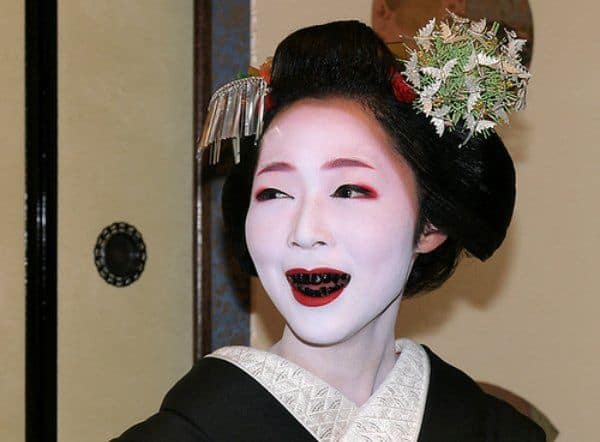
The custom of dyeing one’s teeth black, Ohaguro, was considered to be a beautiful practice in Japan until the Meiji era. Any objects that were pitch black were seen as the most beautiful. This lead many married women to dye their teeth black in order to be seen as more beautiful by their husbands. Some men dyed their teeth black as well, and it was also common to see in some parts of China and other parts of Asia. Evidence of this has been found from buried bones from around 250-538 A.D. Many people would blacken their teeth as a sign of coming of age. There was speculation from western visitors that married women were forced to dye their teeth black to make them unattractive in hopes of preventing any extra marital affairs. This was only speculation, and those with the dyed teeth said that is was not true. People who would dye their teeth black included those who reach puberty, samurai, aristocrats, and imperial families. Married women joined in, as well as women over the age of 18 who were unmarried. Black teeth remained a popular form of body art until 1870 when the government banned the art of Ohaguro.
Body Piercing Was Used To Cleanse The Body Of Evil

Body piercing, like tattooing, has been a form of body art used throughout ancient civilizations and has evolved with time. Ear piercing alone has evidence of practice that dates back over 5,000 years. Nose piercings date back to 1500 B.C., and tongue piercings date back to the Aztec and Mayan civilizations. The reasons for piercing the body and different body parts vary depending on culture and meaning behind each one. However, in the ancient Aztec and Mayan empires, the piercing of one’s tongue was seen as a way to cleanse the body of any evil and wrongdoing. Tongue piercings during this time was also seen as a way to communicate better with the gods, as the blood drawn from the piercing was seen as a self sacrifice which would create a closeness with the gods. Ear piercings, however, seem to be the oldest practiced body piercing that has been discovered thus far, and the uses and reasons for piercing one’s ear vary widely among different cultures.
The First Tattooing Machine Was Patented in 1891

Though the electric pen that was developed by Thomas Alva Edison in 1876 was used, the first tattooing machine patent was put in place in 1891 by a man named Samuel O’Reilly. O’Reilly came about Edison’s electric pen and realized that with some modification and ink that could be used on the skin, that it could penetrate the skin enough to create tattoos for people. He then patented a needle system and a tube that would be the reservoir for the ink which became the first tattooing machine. Though O’Reilly had patented the rotary tattoo machine, a man named Thomas Riley filed a patent for a single coil tattoo machine only twenty days after O’Reilly had patented his idea. Shortly after, Alfred Charles South patented a two-coil configuration for a tattooing machine. This gave way for many modifications and updates to make the modern tattooing machine as efficient and smooth as the ones used today.
Ancient Techniques of Scarification Are Regaining Popularity
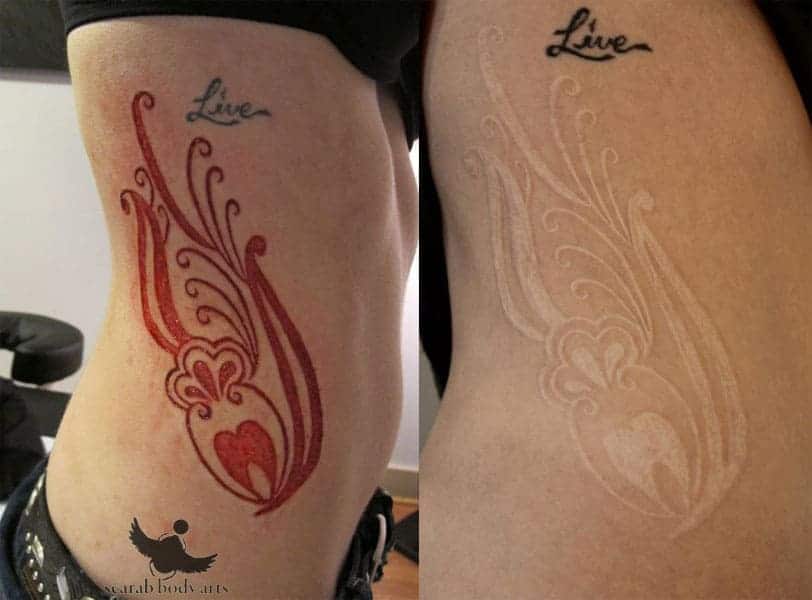
Ancient techniques of scarification were some of the earliest introductions into tattooing. Many scarification processes were seen as a rite of passage in some cultures, while others saw it as a sacrifice to the cultures idols or gods. Scarification is a process in which a person has their skin cut, scarred, or sliced into patterns, pictures, or shapes that have a meaning behind them. Some tribes would have marks cut into their skin to represent the amount of enemies they had killed, while some women would have markings that were considered attractive and sensual in nature. It is an incredibly painful practice that has started to become popular again. Some people have regained an interest in the technique of scarification due to an increased desire to return to some primitive rituals and roots in order to connect better with oneself. Tongue splitting is one of the more well known forms of scarification in modern day society, while branding and cutting is becoming more established.
Neck Elongation Is Still Practiced in Burma
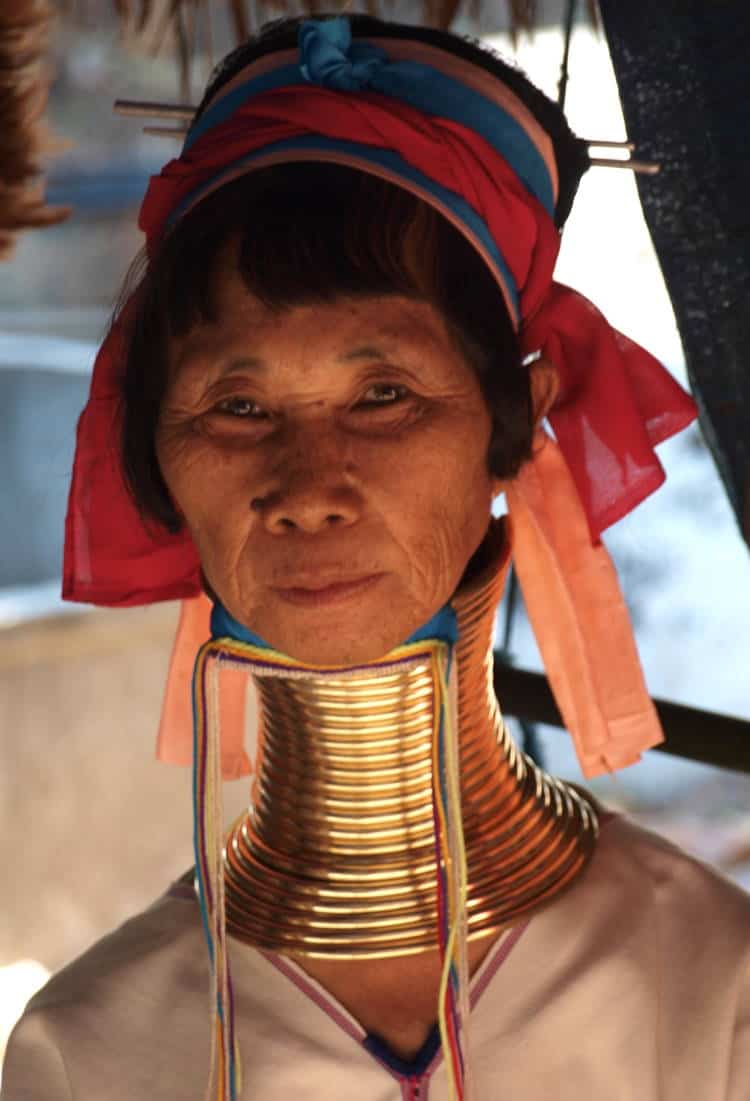
Neck elongation is almost unheard of in modern times, but it is still practiced in Burma in the region that the Kayan Lahwi people live. The women of the Kayan tribes tend to wear brass coils or rings around their necks in order to appear as if their necks have been lengthened. It is considered a very ancient practice, yet the art of neck elongation still exists. Though it appears that the necks of the Kayan women have been stretched, it is actually an illusion due to the deformation of the clavicle from the weight of the coils. Starting as young as five years old, girls begin to wear the coils around their necks that are seldom removed, until it’s time to wear heavier ones. Over time, the weight of the brass coils pushes down on the clavicle and compresses the rib cage, which gives way to the neck looking longer.
Tanning Is A More Recent Form Of Body Art

Tanning is an unexpected yet a more recent form of body art. It has grown in popularity dramatically over the last century, though science and medical journals have repeatedly expressed the dangerous effects that tanning can bring to a person. Regardless, people still use tanning as a way of modifying their body. Tanning requires a person to either lay out in the sun or in a tanning bed in a tanning salon, with little to no protection from sunscreen, in order to be able to darken their skin to their liking. However, more options for those people who still want to have a darker looking skin, without the side effects that can come from tanning, can be found in spray on tans or lotions that help to build up a gradual amount of color on skin. Many tanning salons also offer stencils that can be placed anywhere on the body during a tanning session that creates patterns and shapes. This is an extremely common form of body art in the United States, though tanning as body modification can be found in other countries as well.
Cosmetic Surgery as Body Art Has Dramatically Increased

Cosmetic surgery is a dramatically increasing form of body art that has deeper mental aspects behind why one wants to modify their body by surgical means than most other forms of body art. Many times, a person who is receiving cosmetic surgery is looking to enhance their appearance just as others do through body modification, but it is not uncommon for the person to have issues with insecurity and depression. This is not the case in every cosmetic surgery, however. In order to attain the ideal look of beauty that many civilized countries have ingrained into the minds of people, some are willing to change just about anything in their appearance in order to fit that ideal. Cosmetic surgery such as breast enhancement, liposuction, buttock implants, tummy tucks, lip injections, and nose reductions are some of the most popular forms. Plastic surgery for medical reasons does not belong in this category, as it is not usually to enhance appearance but rather to improve the life of a patient.
Nipple Tattooing Is Becoming Mainstream
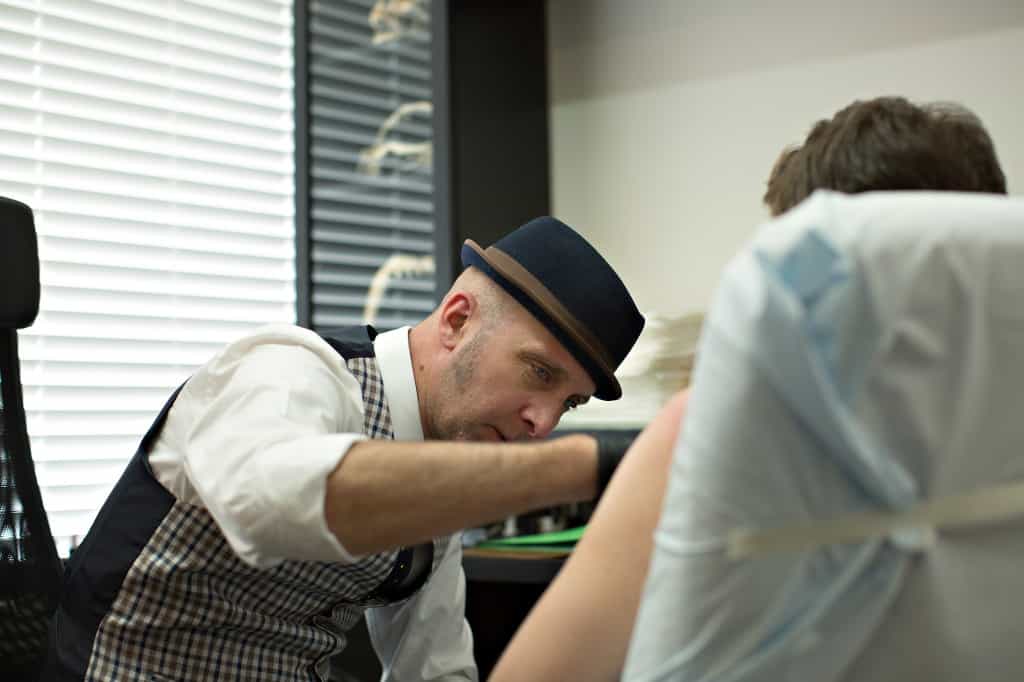
Tattoo artist Vinnie Myers has created what is known as nipple and areola tattoos for survivors of breast cancer. Due to sky rocketing breast cancer rates in many countries, a lot of women have to have mastectomies in which not only the breast tissue is removed, but also the areola. While a woman who has conquered her battle with breast cancer can have reconstructive surgery in order to replace what was lost, an areola is not replaced. When Vinnie Myers created what he called the areola portraits, it quickly gained popularity among many breast cancer survivors. Located in Maryland, Vinnie Myers has had customers from all over the United States, as well as from other countries such as India and Brazil, come to get nipple and areola tattoos. Some breast cancer survivors describe that having a mastectomy can make one feel as if their feminine side has been taken from them, which is why being able to get realistic nipple tattoos can be life changing. The results of Vinnie Myers’ work is incredible.



